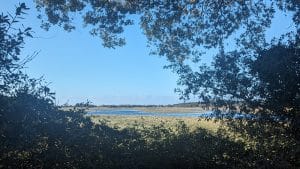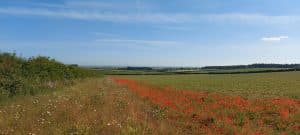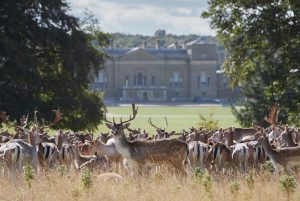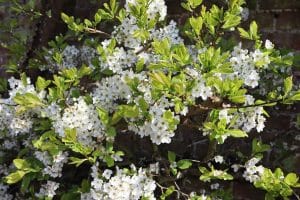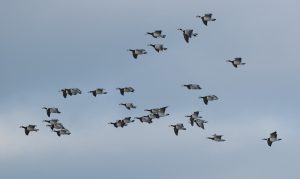
Following the natural course – River Stiffkey
February 22, 2024 | Nature news | 4 minute read
Work to restore the course of the River Stiffkey between Warham and Wighton to its natural meander is setting a benchmark for chalk river conservation.
L ooking across the landscape at Wighton, the outlook appears as nature intended, yet recent work on the estate has been undertaken to correct historic modifications made to straighten the flow of the River Stiffkey and restore the original meander of the channel. The collaborative £300,000 project between the Norfolk Rivers Trust (NRT) and Holkham, working with conservationist and river restorationist Charles Rangeley-Wilson, at a section of the river between Warham and Wighton will reinstate the natural path. This will improve the quality, depth, width and flow of water, in turn creating new habitats and supporting flora and fauna on surrounding land.
Enabled by the government’s Green Recovery Challenge Fund announced during the pandemic, with a further funding contribution from Anglian Water and the Esmée Fairbairn Foundation, work to deliver the complex design started in June and is due to be completed by the end of October. “The river was channelised 300-400 years ago to build up a head of water to drive the many mills which once operated in the area,” says Jake Fiennes, Holkham’s General Manager of Conservation. “What was once a beautiful chalk stream had become a ditch and we wanted to put it back to its original course.”
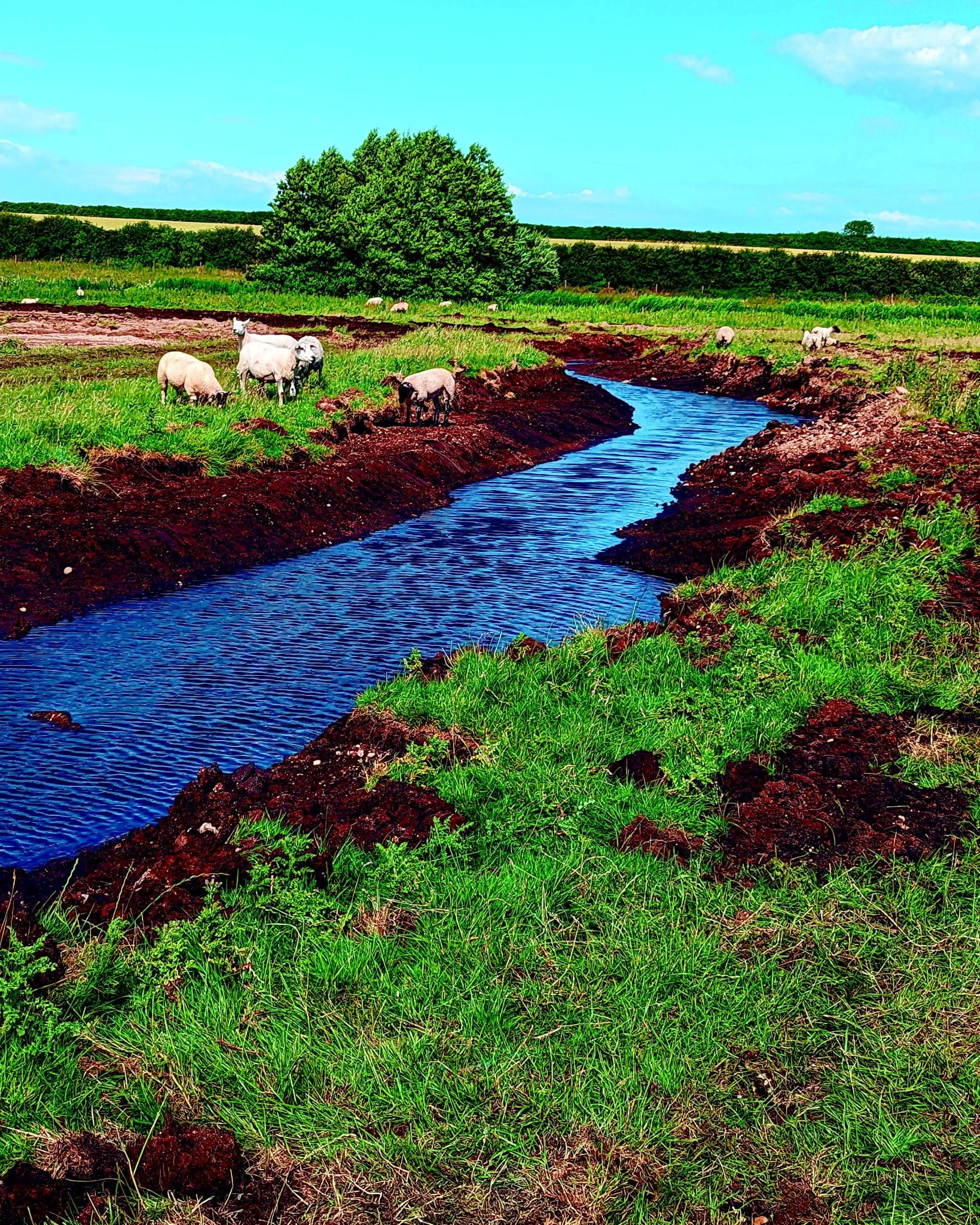
Ancient view
Importantly, the re-meandering will reconnect the river to the floodplain, reducing sediment build-up and facilitating natural flood management, which in turn will support biodiversity.
“Chalk streams are incredibly rare,” says Ed Bramham-Jones, CEO of the NRT. “We want them to be dynamic so that in high flows they burst out of their bank, go into the floodplain and create a fantastic habitat for plant life and other species. We’re also adding large woody debris to create a more complex habitat within the river which is extremely important for invertebrates and fish.”
While river restoration is a relatively new industry, the work at Warham provides an exemplar for other regions to follow in the restoration of chalk streams. “It’s about finding where the wiggly pathway of the river used to be which requires a bit of natural history detective work,” says Charles.
“You look at old maps, satellite and radar images of the valley. Sometimes you know where it used to be because it’s really obvious and other times you’re kind of guessing. We’ve got it about right here, because we bumped into an ancient fish trap, which is a couple of thousand years old, and found the ford and causeway that ran across the valley to the Iron Age hill fort at Warham, both exactly on the channel that we’ve been excavating, so we’re about on target.
“It looks like a bit of a battleground at the moment, but in 12 months’ time it’ll look pretty damn good and in five years it’ll be amazing! When it matures, we’ll have a beautiful hill for people to stand on with an absolutely stunning view across to the church on the other side of the valley and the new meandering channel mazing across the floodplains. We often talk about nature in crisis, but through work like this, we really can turn it around.” •
What’s in the water?
By restoring the chalk river and increasing its biodiversity, Charles anticipates several new species will inhabit the River Stiffkey.
“There are already brown trout present, but we hope to see populations grow,” he says. “My dream is to re-establish a salmon run in East Anglia and the River Stiffkey has good potential for that. Migratory fish such as eels and flounders will come up from the sea and we’ll see an abundance of rheophilic insects and plants such as stream water-crowfoot (below).”

This article is taken from the Holkham Gazette (Autumn/Winter 2023), written and edited by Daska Davis.
Back to Journal Back to Journal